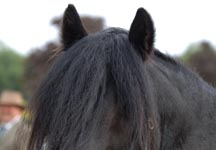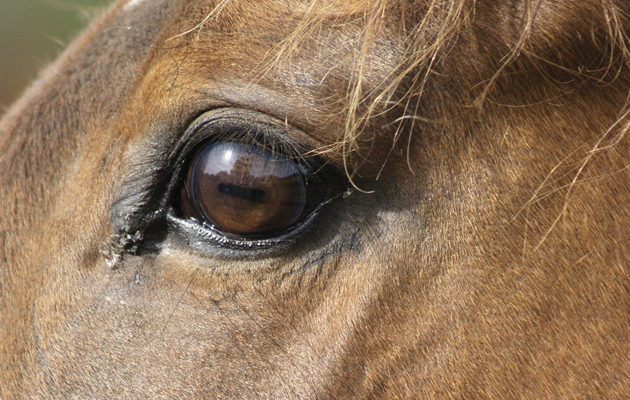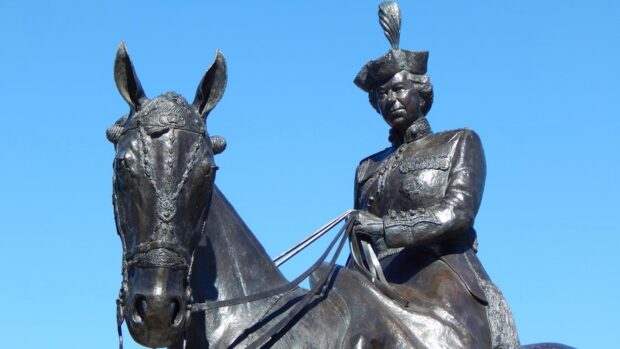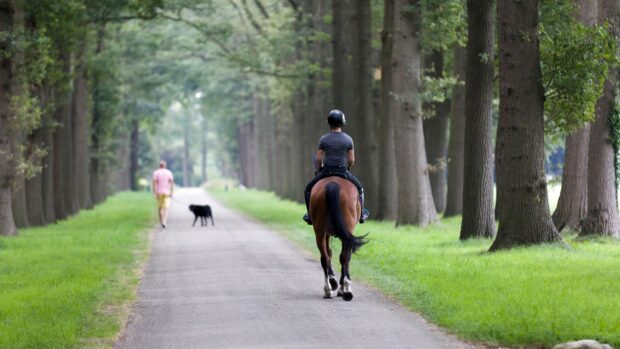A pony has been used for the first time in a survey by UK archaeologists to unearth a medieval site.
Experts had identified a diamond shaped feature in a field at East Boldre in the New Forest and wanted to investigate further.
The site thought to be that of a medieval hunting lodge had originally been spotted using Lidar, an airborne laser scanning technique.
Such surveys are usually carried out by a magnetometry cart pulled by a vehicle, but due to the sensitivity of the site a pony was considered less intrusive.
The New Forest National Park Authority and Bournmouth University called on the services of Jerry, a pony lent by the New Forest Driving Society.
“This innovative approach to surveying is meant to overcome some of the issues we have to juggle when surveying archaeology in the fragile habitats of the National Park,” said Lawrence Shaw, New Forest National Park Authority archaeological officer
“By utilising traditional Forest skills and knowledge such as pony driving and the latest research from the university, we can look to improve our knowledge and understanding of the Forest’s rich heritage without impacting on the land itself,” he added.
Article continues below…
You might also be interested in:

Ancient horse bones found by archeologists
Mystery shrouds archaeologists’ discovery of ancient horse bones buried in lime kilns in the Yorkshire Dales.

Ground-breaking research turns equine evolution on its head
The pivotal study has revealed the world’s last remaining ‘wild’ horses may not be as feral as previously thought

Mystery horse skeleton discovered during excavation of royal stables
A horse's skeleton has been discovered beneath the site of Charles II's stables in Newmarket
Dr Derek Pitman of Bournemouth University said “the ability to combine pony power and cutting edge geophysical survey allowed us to far better understand the New Forest’s rich cultural history than ever before.”
The survey is the result of a partnership between the National Park Authority and Bournemouth University to improve understanding of usual lumps and bumps through the LocATE (Local Archaeologicial Training and Equipment) project.
Geogphysical equipment has been provided to local interest groups within the New Forest to help undertake detailed surveys of buried archaeological sites. Within the New Forest, the scheme has helped map Neolithic long barrows, Iron Age hill forts and Roman pottery kiln sites.
For all the latest news analysis, competition reports, interviews, features and much more, don’t miss Horse & Hound magazine, on sale every Thursday



